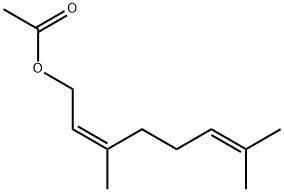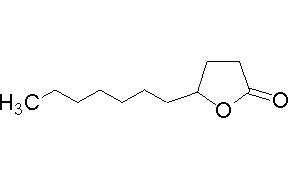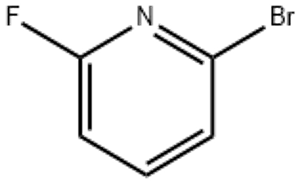Neryl Acetate(CAS#141-12-8)
| Hazard Symbols | Xi – Irritant |
| Risk Codes | 36/37/38 – Irritating to eyes, respiratory system and skin. |
| Safety Description | S23 – Do not breathe vapour. S24/25 – Avoid contact with skin and eyes. S37/39 – Wear suitable gloves and eye/face protection S36 – Wear suitable protective clothing. S26 – In case of contact with eyes, rinse immediately with plenty of water and seek medical advice. |
| WGK Germany | 2 |
| RTECS | RG5921000 |
| FLUKA BRAND F CODES | 9-23 |
| TSCA | Yes |
| HS Code | 29153900 |
| Toxicity | Both the acute oral LD50 value in rats and the acute dermal LD50 value in rabbits exceeded 5 g/kg (Levenstein, 1972). |
Introduction
Nerolithian acetate, also known as citric acetate, is an organic compound. It has a colorless or yellowish liquid and has a floral flavor at room temperature.
Nerolidine acetate is mainly used in the manufacture of fragrances, flavors and fragrances.
Nerolil acetate can be prepared by synthetic methods. A common method is to react citric alcohol with acetic anhydride to produce nerolithil acetate.
When using nerolidine acetate, the following safety information should be noted: it can enter the body through skin contact, inhalation or ingestion, and appropriate personal protective equipment such as gloves and face shields should be worn when handling. Avoid prolonged exposure to nerolidol acetate to avoid irritation or allergic reactions. During storage and handling, avoid contact with the fire source to prevent fire.








